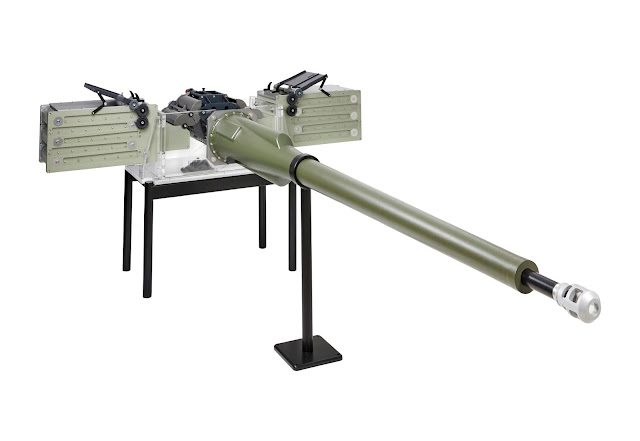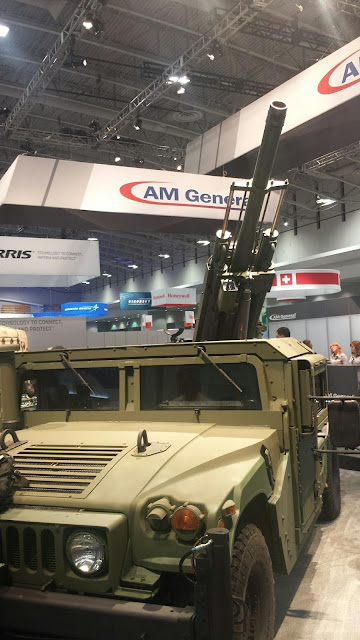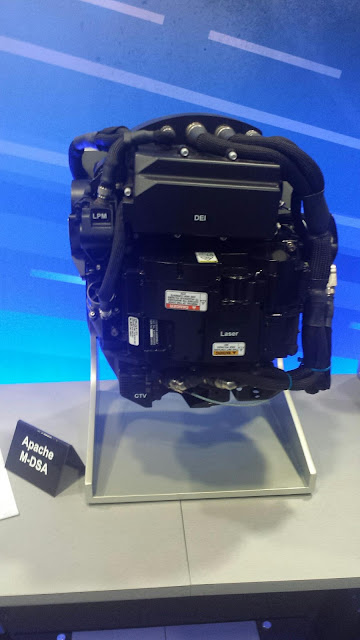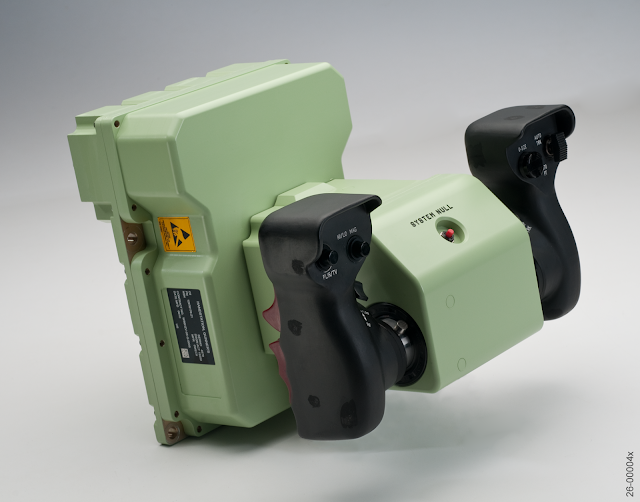 |
| Mark44 S-LF Gun (Photo: Orbital ATK) |
Currently, Armament Systems produces a full suite of 20mm, 25mm, Light Weight 30mm, and 30mm ammunition for medium calibre cannons. The division also produces a full range of training and tactical, 120mm ammunition for the ABRAMS tank and 105mm training ammunition for the STRYKER Mobile Gun System.
Armament Systems recently has developed the 30mm, MK310 PABM-T (Programmable Air Burst Munition with Tracer) and is in service with international customers. The MK310 is designed for use with the company’s MK44 BUSHMASTER Chain Gun. The MK310 uses a turns and times counting fuzing that provides the extremely reliable burst point accuracy. The round uses an inductive fuze setter that is easily integrated into new MK44 cannons and platforms or as an upgrade to existing systems.
The division is currently developing a suite of 40mm ammunition to support a system approach (gun and ammunition specifically paired for optimal performance) the company’s MK44 BUSHMASTER Chain Gun in its 40mm configuration – also known as the MK44 STRETCH. The ammunition suite consists of TP-T (Target Practice with Tracer), HEI-T (High Explosive Incendiary with Tracer), and APFSDS-T (Armor Piercing Fin Stabilized Discarding Sabot with Tracer).
Orbital ATK Armament Systems recently developed the 120mm KET (Kinetic Energy Tungsten) tank cartridge and has approval for international sales. The proprietary designed, tungsten-based penetrator provides allied militaries with an overmatch capability to defeat threat armour with a cartridge that is fully compliant with NATO standardization requirement for 120mm guns. Most allied nations require a tungsten-based penetrating rod for armour penetrating cartridges. “Current competitor tungsten offerings are much less capable than Orbital ATK’s KET in their ability to defeat modern protective armour,” the company said at AUSA 2016.
The division is the developer of one of the US Army’s most advanced 120mm armour penetrating cartridges (M829A4) for the ABRAMS tank. The cartridge has the ability to defeat all known armour types and has recently delivered the first lot to the U.S. Army and received a Milestone C Decision which paves the way for full rate production.
Likewise, Armament Systems is investing in the development of the US Army’s Advanced Multi-Purpose (AMP) 120mm cartridge which provides anti-tank, anti-helicopter, obstacle reduction, bunker penetration, wall breaching and dismount engagement capabilities – all in one round. This multi-purpose capability will replace four unique cartridge types providing tank crews greater mission flexibility while also replacing an aging tank ammunition inventory.




















